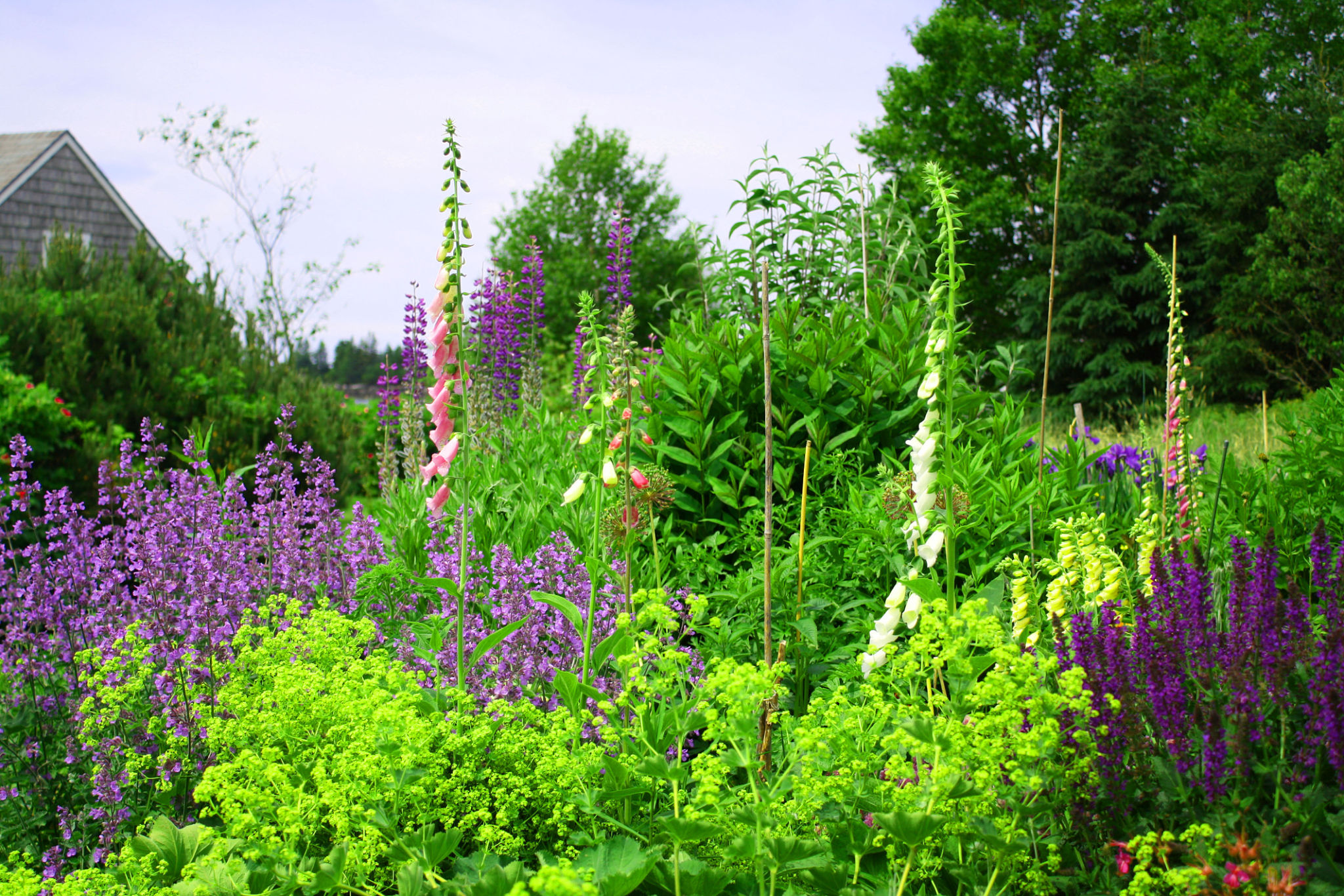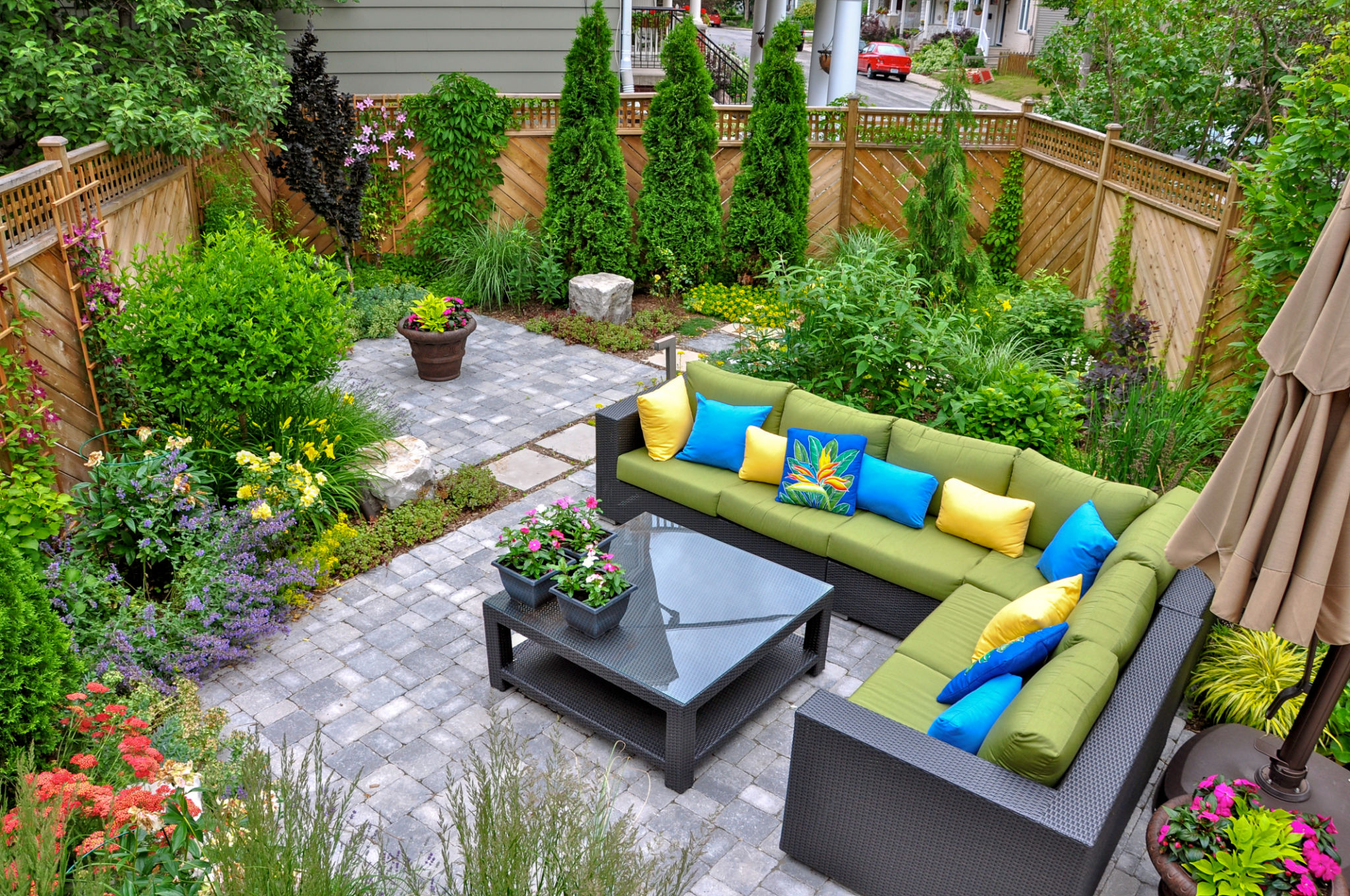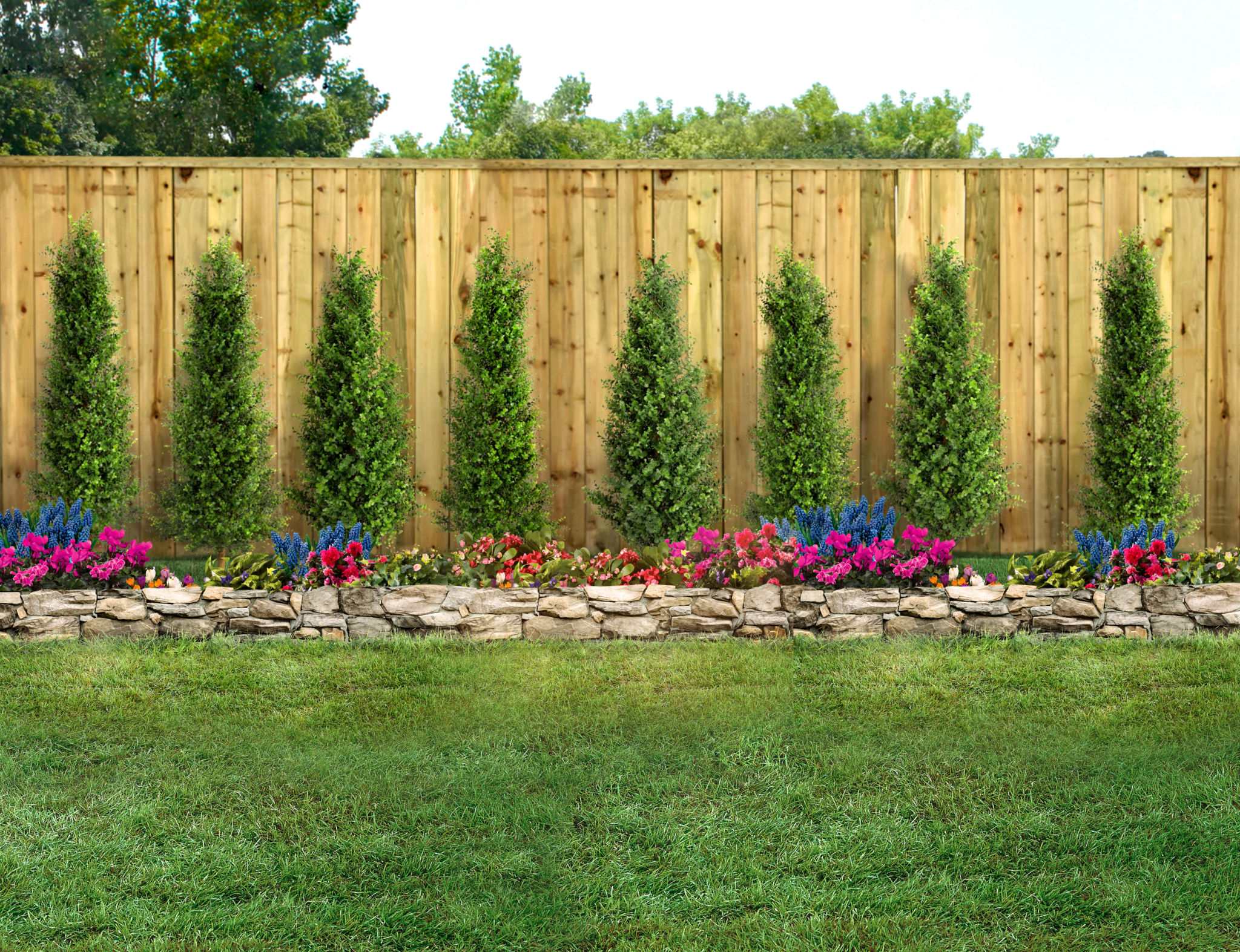Debunking Common Myths About Sustainable Landscaping in Michigan
Understanding Sustainable Landscaping
As environmental awareness grows, sustainable landscaping has become a popular choice among homeowners in Michigan. However, this eco-friendly approach often comes with its share of myths and misconceptions. By debunking these myths, we can better appreciate the true benefits of sustainable landscaping.

Myth 1: Sustainable Landscaping Is More Expensive
One prevalent myth is that sustainable landscaping is more expensive than traditional methods. While there might be a higher initial investment in native plants or efficient irrigation systems, the long-term savings are significant. Reduced water usage, less reliance on chemical fertilizers, and lower maintenance costs contribute to financial savings over time. Homeowners also benefit from enhancements like increased property value and improved ecosystem services.
Myth 2: Native Plants Are Boring
Many people believe that native plants are dull or lack visual appeal. In reality, Michigan's native flora offers a stunning array of colors, textures, and forms that can create a vibrant and diverse landscape. These plants are naturally adapted to local conditions, requiring less water and maintenance, and providing habitat for local wildlife. This results in a beautiful and resilient garden that changes with the seasons.

Myth 3: Sustainable Landscaping Is Labor-Intensive
Another common misconception is that sustainable landscaping requires more work. In contrast, sustainable landscapes are designed to work with nature, not against it. By choosing the right plants for the right locations and employing techniques such as mulching and composting, maintenance tasks like mowing, watering, and weeding are significantly reduced. As the landscape matures, it becomes more self-sustaining, minimizing the need for human intervention.
Myth 4: It's Only for Large Properties
Some believe that sustainable landscaping is only suitable for large properties, but this is not true. Sustainable practices can be applied to any size garden or yard. Small urban yards can benefit from vertical gardening, container planting, or rain gardens. The key is to design a space that maximizes resources and minimizes waste, regardless of size.

The Benefits of Sustainable Landscaping
Embracing sustainable landscaping can lead to numerous benefits beyond just aesthetics. These landscapes contribute to environmental health by improving air and soil quality, conserving water, and reducing pollution. They also offer personal benefits such as reduced maintenance time and enhanced property value. Most importantly, sustainable landscapes create habitats that support biodiversity, attracting pollinators and other wildlife.
Getting Started with Sustainable Landscaping
If you're considering transitioning to a sustainable landscape in Michigan, start by assessing your yard's specific conditions, such as soil type, sunlight availability, and climate. Choose native plants that thrive in these conditions and consider incorporating elements like rain barrels or permeable paving to manage stormwater runoff effectively.

Conclusion: Moving Beyond Myths
By moving beyond these common myths about sustainable landscaping, Michigan homeowners can make informed decisions that benefit both the environment and their own backyards. Embracing sustainability in landscaping not only contributes to personal enjoyment but also plays a vital role in preserving the state's natural beauty for future generations.
